I have an Ethernet device that works with Microchip's ENC28J60 chip perfectly. So if I want to connect a cable from a switch/controller, to device 1 (that has 2 RJ45 jacks), then have device 1 second port connect to device 2 1st port, then device 2 2nd port to device 3 1st port so communications will be communicated to all 3 devices.
Kind of like a RSTP network with daisy changed devices with their own separate IP addresses.
I found this thread for a 3 port passive HUB.
Also another reason is to not have to run cable from each device back to a central switch in a large warehouse or building. Each device can plug into the next device closest to it and so forth.
Basic diagram:
So if use just ENC28J60 chip... I would need to figure out how to preform the connections from ENC28J60 to a Micrel un-managed mode chip, so not having to add another MCU chip with more overhead.
I found this Application note from Microchip: For using • Configuration Straps for basic/auto configuration without MCU
I also searched here more and found the right topology - simple topology based on link aggregation, up to 200 Mbps of overall system performance is hypothetically reachable High speed data from microcontrollers to pc using daisy chain
